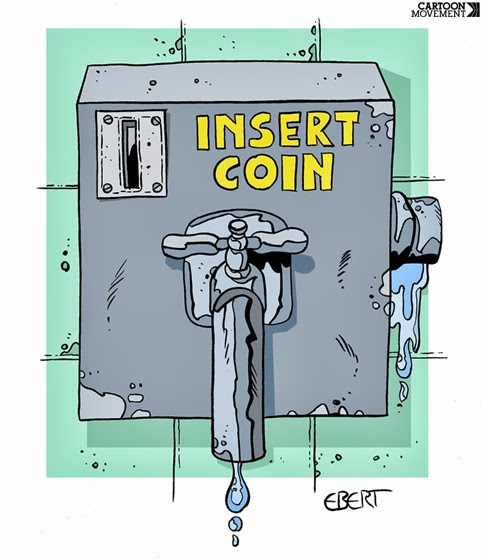NOVANEWS

The CIA brought top al-Qaeda suspects close “to the point of death” by drowning them in water-filled baths during interrogation sessions in the years that followed the September 11 attacks, a security source has told The Telegraph. The description of the torture meted out to at least two leading al-Qaeda suspects, including the alleged 9/11 mastermind Khalid Sheikh Mohammed, far exceeds the conventional understanding of waterboarding, or “simulated drowning” so far admitted by the CIA. “They weren’t just pouring water over their heads or over a cloth,” said the source who has first-hand knowledge of the period. “They were holding them under water until the point of death, with a doctor present to make sure they did not go too far. This was real torture.” The account of extreme CIA interrogation comes as the US Senate prepares to publish a declassified version of its so-called Torture Report – a 3,600-page report document based on a review of several million classified CIA documents. Publication of the report is currently being held up by a dispute over how much of the 480-page public summary should remain classified, but it is expected to be published within weeks. A second source who is familiar with the Senate report told The Telegraph that it contained several unflinching accounts of some CIA interrogations which – the source predicted – would “deeply shock” the general public.
Note: For more on this, see concise summaries of deeply revealing intelligence agency operations news articles from reliable major media sources.
The CIA’s Mop-Up Man: L.A. Times Reporter Cleared Stories With Agency Before Publication
A prominent national security reporter for the Los Angeles Times routinely submitted drafts and detailed summaries of his stories to CIA press handlers prior to publication, according to documents obtained by The Intercept. Email exchanges between CIA public affairs officers and Ken Dilanian, now an Associated Press intelligence reporter who previously covered the CIA for the Times, show that Dilanian enjoyed a closely collaborative relationship with the agency, explicitly promising positive news coverage and sometimes sending the press office entire story drafts for review prior to publication. In at least one instance, the CIA’s reaction appears to have led to significant changes in the story that was eventually published in the Times. Dilanian’s emails were included in hundreds of pages of documents that the CIA turned over in response to two FOIA requests seeking records on the agency’s interactions with reporters. They include email exchanges with reporters for the Associated Press, Washington Post, New York Times,Wall Street Journal, and other outlets. In addition to Dilanian’s deferential relationship with the CIA’s press handlers, the documents show that the agency regularly invites journalists to its McLean, Va., headquarters for briefings and other events.
Note: For more on this, see concise summaries of deeply revealing major media corruption news articles from reliable major media sources.



